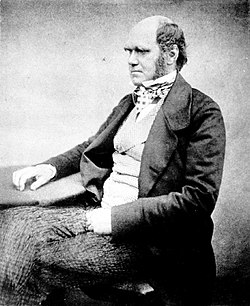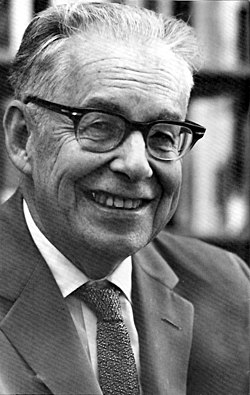| Part of a series on |
| Geology |
|---|
 |
A geologist is a contributor to the science of geology. Geologists are also known as earth scientists or geoscientists.
Contents
The following is a list of notable geologists. Many have received such awards as the Penrose Medal or the Wollaston Medal, or have been inducted into the National Academy of Sciences or the Royal Society.
Geoscience specialties represented include geochemistry, geophysics, structural geology, tectonics, geomorphology, glaciology, hydrology, hydrogeology, oceanography, mineralogy, petrology, crystallography, paleontology, paleobotany, paleoclimatology, palynology, petroleum geology, planetary geology, sedimentology, soil science, stratigraphy, and volcanology. In this list, the person listed is a geologist unless another specialty is noted. Only geologists with biographical articles in Wikipedia are listed here.
















